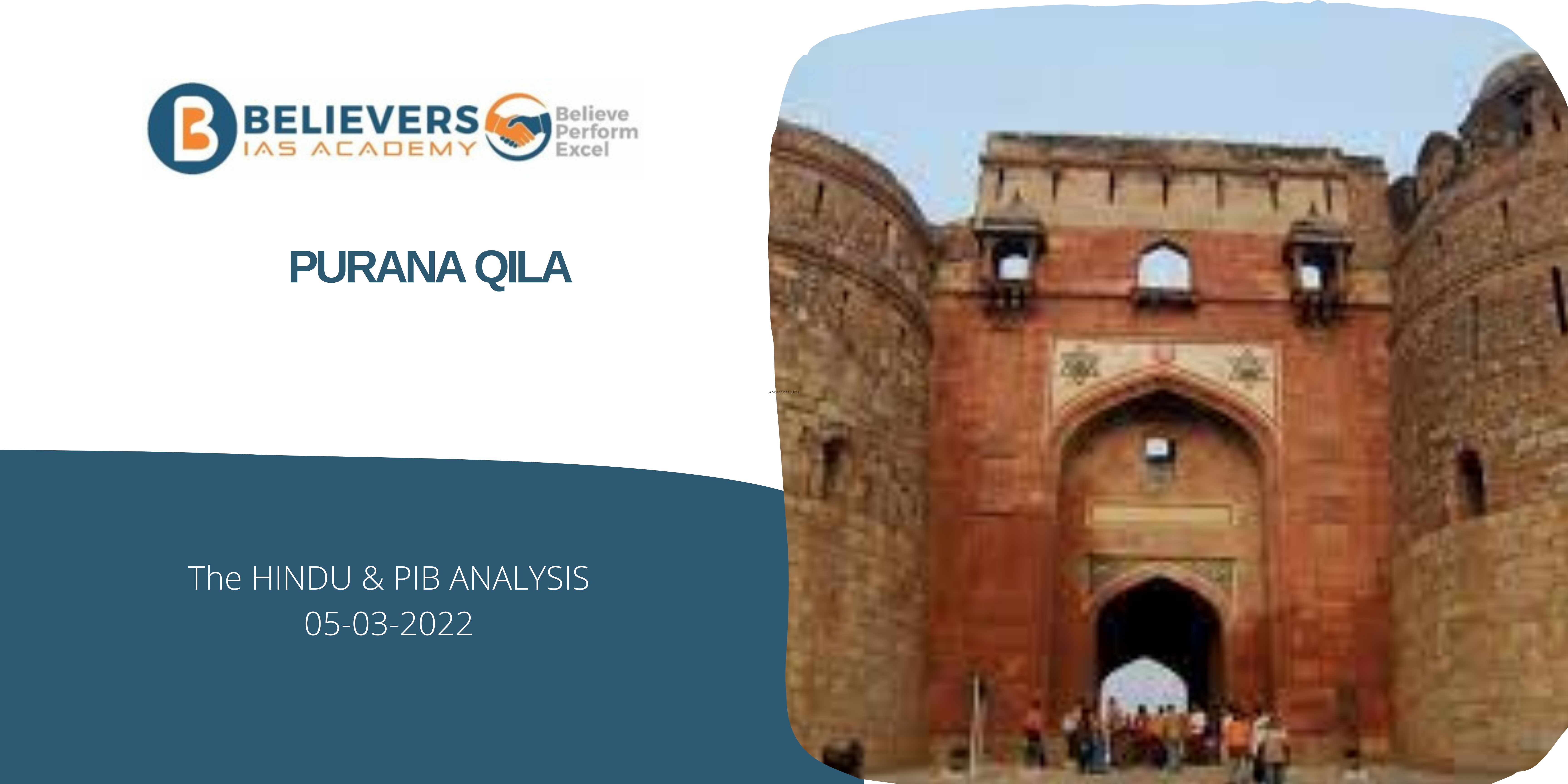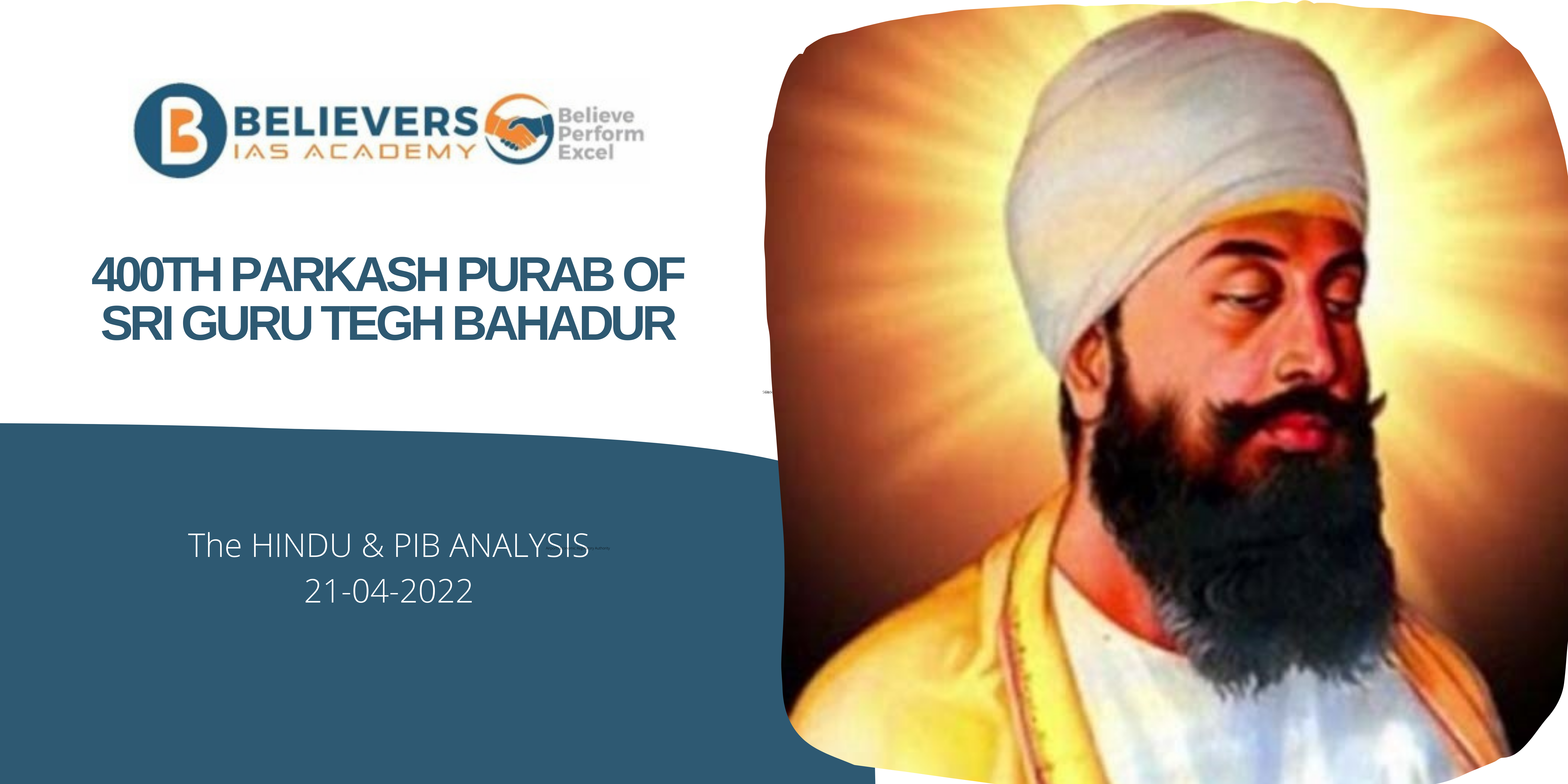Purana Qila
Context:
- Union Minister for Health and Chemicals & Fertilizers and other dignitaries participated in the health heritage walk at Purana Qila in New Delhi today, for creating awareness about health benefits of walking and also Jan Aushadhi Generic medicines.
About:
- The origins of the Purana Qila lie in the walls of Dinpanah, the new city of Delhi being constructed by Mughal emperor Humayun, in the general vicinity of the ancient Indraprastha ruins.
- Abul Fazl states that he built the fort in the place of that of ancient Indraprastha.
- The founder of the Suri Dynasty, Sher Shah Suri, defeated Humayun and made changes to the fort, strengthening its fortifications and completing its walls.
- He also had another fort built there called Shergarh, where the governor resided.
- His project, however, was a continuation of Humayun’s construction of a citadel for a royal city.
- He also built many structures inside the fort. Additions to the fort have been believed to have been made even after his rule.
- The extent of his contribution to the fort’s construction is disputed. The historical attribution of its construction is also uncertain judging from primary sources.
- Muhammad Khwandamir said that Humayun laid the foundation of the city on a mound near Yamuna.
- The construction of the walls and fortifications were almost finished by Humayun’s time.
- Tarikh-i-Da’udi states that Sher Shah Suri’s royal city remained incomplete upon his death and he had named his fort Shergarh.
- Abbas Sarwani states the two forts being constructed by him were incomplete when he died. Tarikh-i-Khan-Jahan states that Salim Shah Suri had constructed a wall defending Dinpanah of Humayun.
- Purana Qila and its environs flourished as the “sixth city of Delhi”. On 7 October 1556 Hindu king Hem Chandra Vikramaditya, who had defeated Akbar’s forces at Battle of Delhi (1556)was crowned in Purana Qila.
- The Mughals would one month later decisively defeat Hemu and his army at the second battle of Panipat.
Source: THE HINDU.




